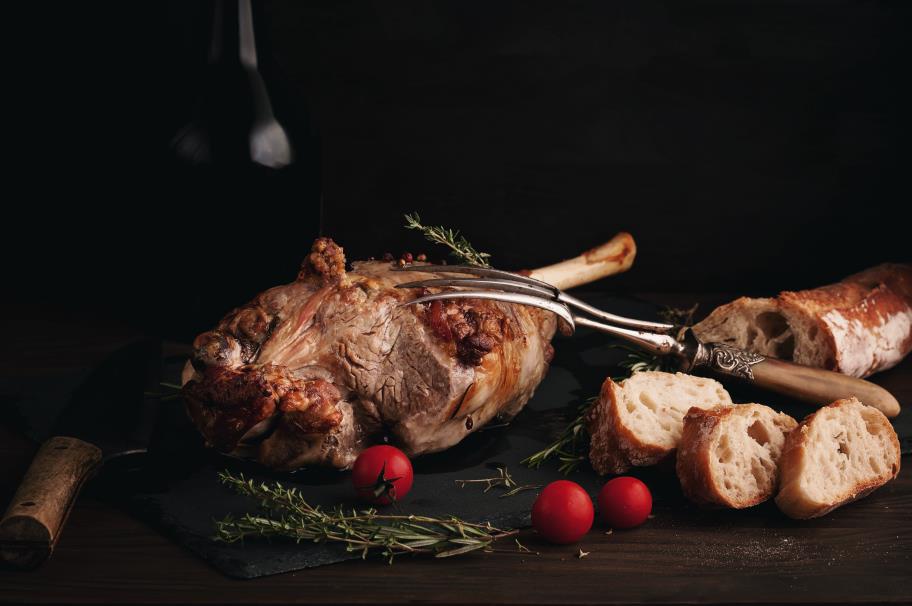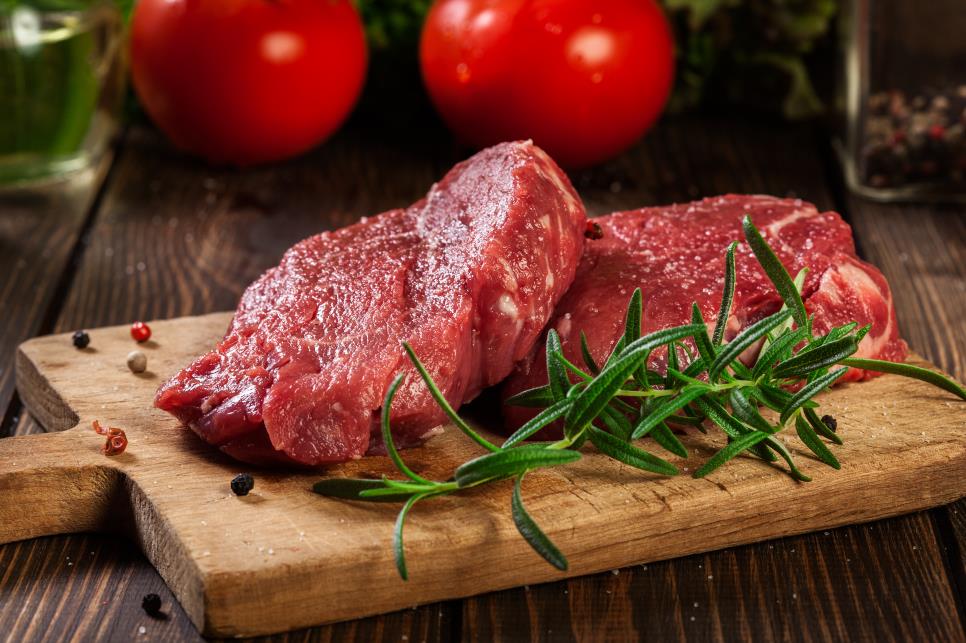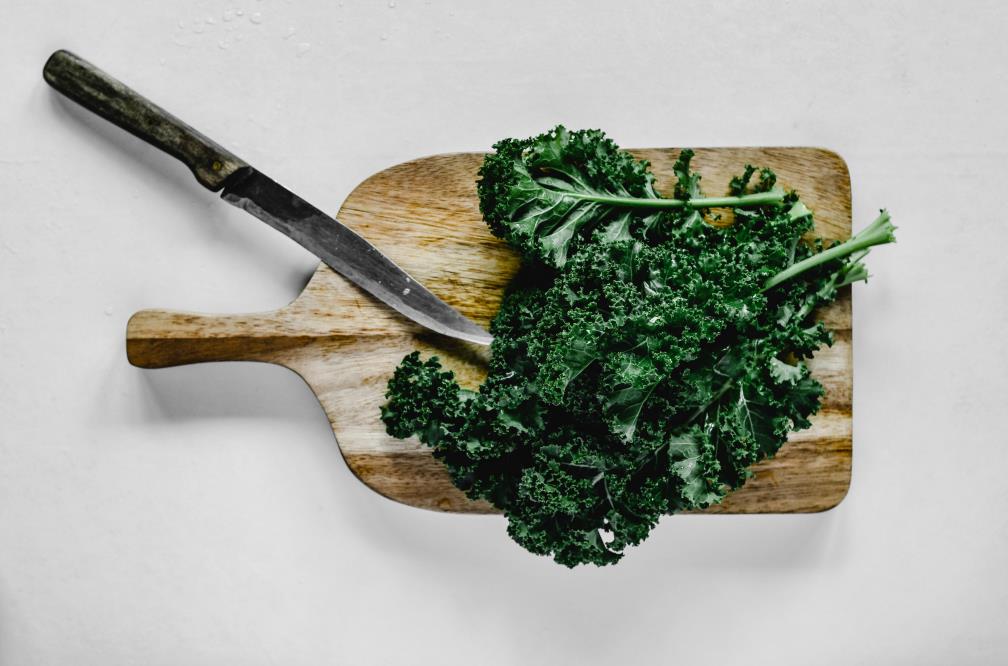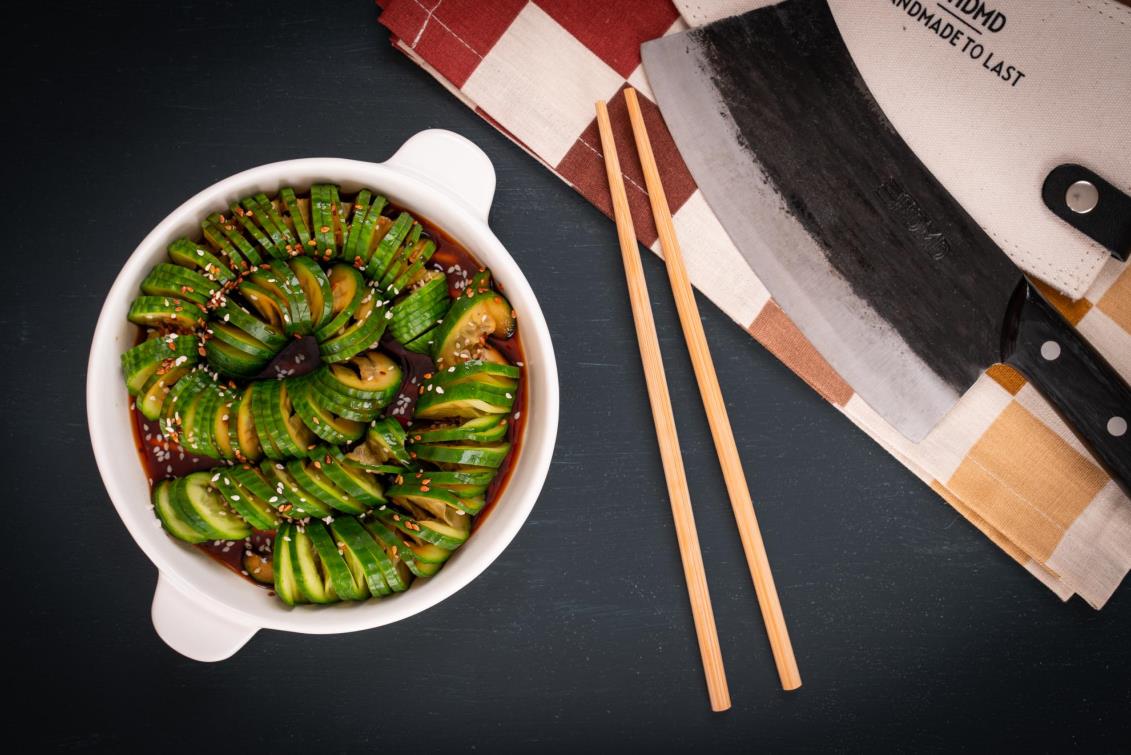Any lover of exotic and tartly sweet flavors has a soft spot for pomegranate, it’s ruby red jewel – like seeds (AKA ‘arils’) are both beautiful and full of nutrition for the health conscious.
If you’re unfamiliar with pomegranate though, it can look a bit puzzling and tricky to cut up and use. The thick, unyielding skin, the pockets of seeds you’re trying to get out – where do you even start?
This guide is going to give you the low down on cutting pomegranate, how to pick and use it best, what you need to know about it, and we’ll answer some FAQs!
Let’s start at the beginning with some super purchasing advice. As a consumer this is what you need to know about picking the best pomegranates:
Table of contents
How to pick the best pomegranates
- Weight counts – the heavier the pomegranate, the more juice it contains, so weigh a couple on a produce scale and choose the heaviest ones.
- The skin of the pomegranate should feel hard, and be without cracks or bruising.
- Blemishes on the skin may indicate rotting within so choose fruit with clear, unmarked skin.
- The skin should also be taut and firm without wrinkling.
- Pomegranate shape: a squarish shape indicates ripeness; the fruit will be flatter slightly at the stem and blossom ends. If the pomegranate is very round, it will need a bit of time to ripen.
- The ‘Eversweet’ variety of pomegranate is a good buy if you can get it – the seeds are soft and it’s a very sweet pomegranate.
- Buying in season means freshness, pomegranate season is the winter months, from September onwards.
How to cut a pomegranate
Here’s what you’ll need –
- A sharp knife – we recommend a paring knife or utility knife.
- A chopping board.
- A large bowl of cold water.
- A container for the skins and remnants you’re not using.
Handpicked for you
True cutting power in the palm of your hand
Our pro – tips and hacks!
- If your chopping board isn’t firmly affixed to your countertop, put a damp dish towel underneath it to hold it in place. We also like the chopping boards you can buy with rubber strips along the edges, these stick firmly to the counter without sliding.
- Pomegranate juice will stain, so consider covering your board and work surface with something like newspaper or wax paper to prevent this. You can also wear latex gloves if you’re worried about staining your hands.
- Just in case, wear old clothes or an apron while working with pomegranate, the juice will destroy your pristine white shirt!
If the worst has happened and you’ve got pomegranate stains all over your beloved chopping board, no need to stress. Here’s how to get those stains off and out:
De-staining: Dry your chopping board completely and give it a good sprinkle of either salt or baking soda. Now scrub out the stain using hot water and a sponge or scrubbing brush.
To give extra stain busting power, use half a lemon, flesh side down, to scrub the board instead of a sponge or brush, the lemon will help to lift the stain easily.
Cutting pomegranate
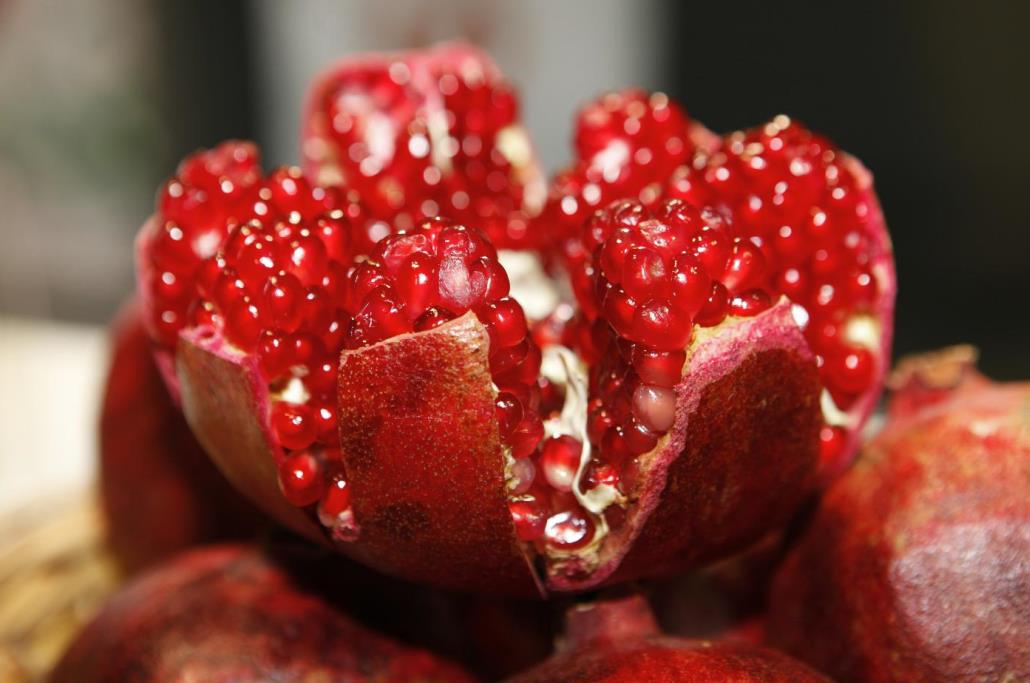
- Using your sharp knife, cut off the top of the pomegranate, about ¼ inch. You can hold the pomegranate firmly on its side and slice downwards to get the top off easily.
- Next, holding the pomegranate carefully in your hand, look for the ridges that run along the sides of the fruit from top to bottom, there should be 5 or 6.
- Using these ridges as your guide, you’re going to use your knife to score down the edges of the fruit, ensuring that you’re making thin slits in the skin that are cutting through the white pith, not into the pockets of seeds themselves. Be careful and work slowly here, you don’t want to cut yourself.
- Once the skin is scored all along it’s sides and the skin is coming away from the seeds, you’re going to use your fingers to gently loosen and open the skin completely, you’ll be dividing the fruit into segments as you do so.
- Next, you’re going to submerge the wedges of pomegranate in the bowl of water. Once in the water, use your fingers to work the seeds away from the membranes and skin of the fruit.
- The seeds being heavier will sink to the bottom of the bowl, and the membranes etc. will float to the surface to be discarded.
- Skim off the skin and membrane bits, and then drain the water to capture the seeds in a fine colander or sieve. Discard any remnants like pith and skins and put aside your fleshy seeds to enjoy.
Another easy way to deseed your pomegranates
Using your sharp knife, cut your pomegranate in half widthways, straight through the center so that you have two equal halves, as in the picture above.
Holding a half of the fruit in your hand, you’re going to use your fingers to work along the outside edges of the fruit, loosening the skin somewhat and pulling it away from the seed pockets.
Next, flip the pomegranate half over so that it’s open/flesh side down, and hold it over a bowl. Taking a wooden spoon or rolling pin, you can then tap sharply on the skin side of the pomegranate, and the seeds should drop into the bowl below. Continue hitting on the fruit’s skin until all the seeds have been released into the bowl. If any seeds are firmly stuck to the membranes, you can release these gently with your fingers.
Discard the emptied skins and pith pieces and keep the juicy seeds aside to use.
Nutrition – why pomegranates are so good for you
Antioxidants
Pomegranate fruit is high in antioxidants. Why is that important?
Antioxidants are powerful substances that protect your body’s cells from free radicals, elements like U.V damage and smoking that damage your cells. Eating more antioxidants means you’re more protected against diseases like Alzheimer’s, cancer, and heart disease.
Vitamin k
One medium sized pomegranate contains well over 20% of your body’s daily requirement of Vitamin K. This is good news for health because Vitamin K is a fat – soluble vitamin that performs a vital blood clotting function in the body.
Our top picks for pomegranate recipes!
Pomegranate molasses chicken with bulgur salad
This recipe combines the best of the Eastern spice market with home style goodness. Watch the heat control on this recipe, the sugars in the molasses can lead to burning on the chicken skin so keep an eye on it and reduce heat if you think necessary. You can find Middle Eastern spices and bulgur wheat at large retailers or alternatively shop online.
Pomegranate & cranberry antioxidant smoothie

Particularly during the winter months, we can feel a bit rough and run down. This smoothie is PACKED full of vitamin rich fruit and the high intensity antioxidant boost of pomegranate powder. Paired with tummy loving vegan milk, it’s just the booster you need to get you back to fighting shape!
Pomegranate cream tart
This oozy, unctuous tart is a naughty treat that satisfies any sweet craving. This recipe isn’t as ‘fancy’ or complicated as it looks either, it’s only 6 ingredients and you can use store bought pie shells to save time and effort. It’s so impressive on the table and the nutritional worth of pomegranates will dissolve any sweet treat guilt!
Pomegranate FAQs
Can you eat pomegranate seeds?
Absolutely! In fact, the seeds or ‘arils’ are EXACTLY the part that you’re supposed to eat because they’re not only delicious but also full of fiber. With a pomegranate the pith and skin are discarded.
How long can I store pomegranate seeds in my freezer?
Pomegranate seeds can be safely frozen for up to 12 months. To prevent the seeds from sticking together as they freeze, lay them onto a baking tray and spread them out into a single layer. Let them freeze for 2 hours, then scrape or shake them off the tray into a freezer safe bag or container.
Do pomegranate seeds need to be rinsed?
Only if there is white membrane/pith sticking to the seeds, then rinse them gently under cold running water to remove those inedible bits.
In conclusion
Pomegranate fruit is so packed full of goodness and fresh taste that it’d be a pity to miss out on its benefits.
We hope this guide to selecting, cutting, deseeding, and cooking with pomegranate has given you some pointers on this unique and vibrant fruit. If you ever need a sharp knife for the job, be sure to check out our handmade collection!







